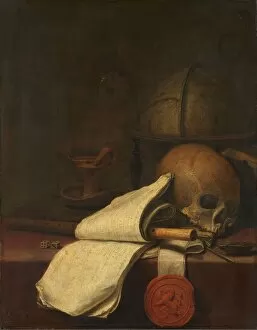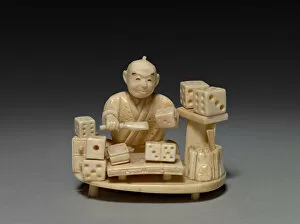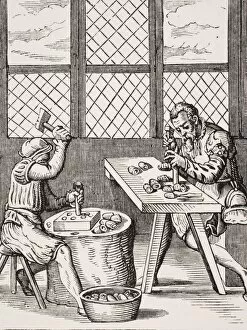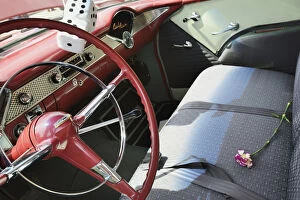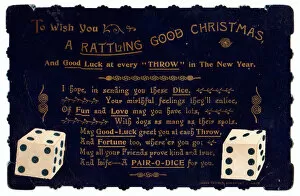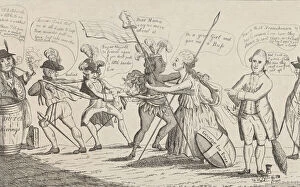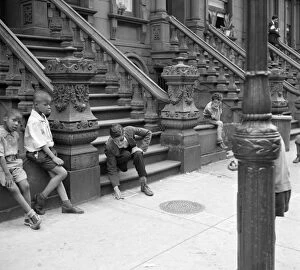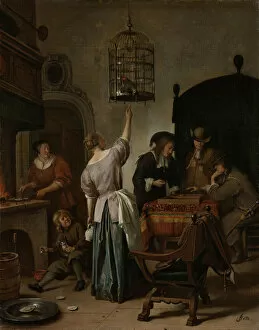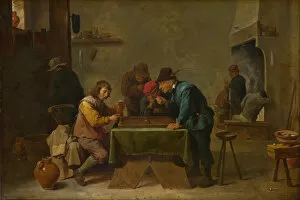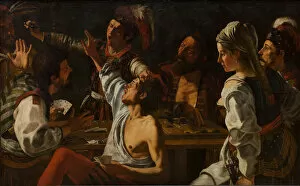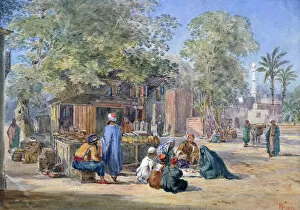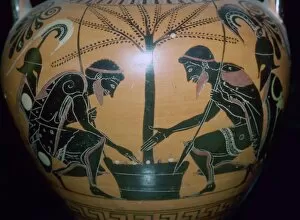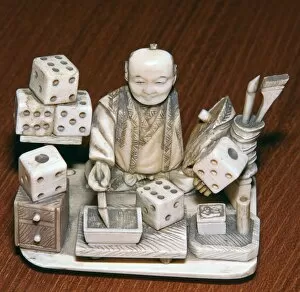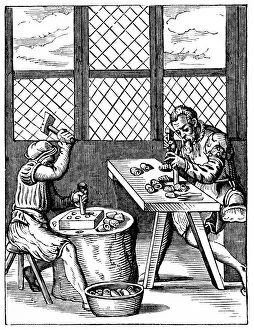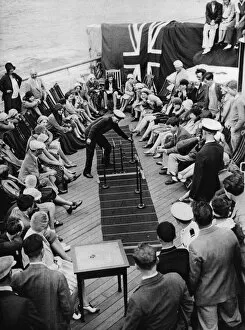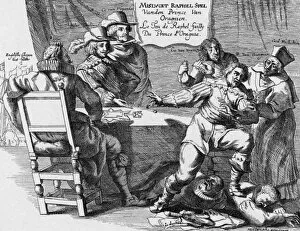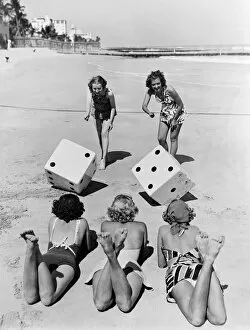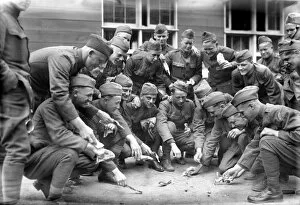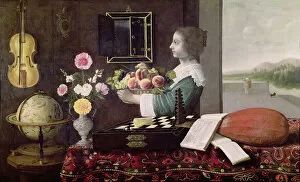Dice Collection (#6)
"Dice: A Game of Chance, Art, and Symbolism" In the world of ancient art, they have left their mark
For sale as Licensed Images
Choose your image, Select your licence and Download the media
"Dice: A Game of Chance, Art, and Symbolism" In the world of ancient art, they have left their mark. From the intricate black-figure pottery to the detailed Attic vase depicting Achilles and Ajax playing dice, these small objects hold great significance. The vanitas painting on canvas reminds us that life is like a game of snakes and ladders - full of ups and downs determined by chance. Even in the vast universe, chance plays its part. Andrea Mantegna's Crucifixion painting captures this concept beautifully as it portrays Jesus on the cross, symbolizing both sacrifice and fate intertwined. Along Scarborough Promenade Wall Of Water, we are reminded that just like waves crashing against rocks, luck can change in an instant. As Samuel Taylor Coleridge wrote in "Rime of the Ancient Mariner, " "Game is done. " This phrase echoes through time as a reminder that every roll of the dice brings us closer to our destiny. Charles Cotton's Compleat Gamester frontispiece illustration takes us back to 17th-century gambling culture in America when they were at their peak popularity. But games involving it can not limited to humans alone; even mummies dabbled with them. Archaeological evidence shows that ancient Egyptians enjoyed dicing for entertainment during their afterlife rituals. And let's not forget about Jesus on the Cross from 15th-century artwork or William Hogarth's Rake's Progress series where gambling leads to ruin. Dice may seem simple objects used for amusement or gambling purposes but they carry profound symbolism throughout history. They remind us that life is unpredictable - sometimes we win big while other times we lose it all. So next time you roll those little cubes, remember that within them lies a reflection of our own existence – a game where chance intertwines with destiny itself.

